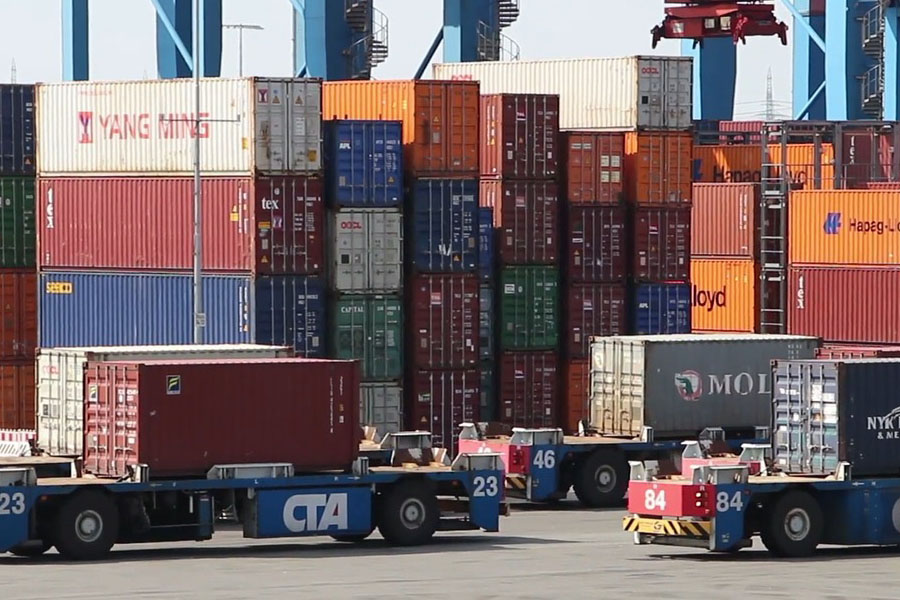- Shanghai Zhongshen International Trade Co., Ltd. - Two decades of trade agency expertise.
- Service Hotline: 139 1787 2118

Strategic value of import equipment agency selection
In the 2025 global trade landscape, import equipment agency companies bearBreakthrough of technical barriers.andCompliance Risk Controldual missions. When selecting partners, enterprises should focus on three core factors: technical analysis capabilities for HS code classification, practical experience in handling import filing for electromechanical products, and response speed to EU CE certification updates.
Six benchmarks for screening agency companies
Based on the World Customs Organizations 2025 Trade Facilitation Indicators, a tiered evaluation system is recommended:
- Basic qualification tier
- Customs AEO certification status (priority given to advanced certified enterprises)
- SpecificEquipment ImportsQualifications (such asMedical Equipmentmust possess CFDA filing)
- Years of industry service (recommended no less than 5 full fiscal years)
- Business capability tier
- Customs team configuration (equipment inspection engineers to customs brokers ratio ≥1: 3)
- Document processing efficiency (from proforma invoice to customs clearance ≤72 hours)
- Emergency case database (must provide 3 real risk resolution cases)
Industry Adaptability Assessment Model
Different equipment types impose significantly different capability requirements on agency companies:
- Precision Instruments Category: focus on constant temperature and humidity transportation solutions
- Industrial equipment category: emphasize success rate of import license processing
- Medical equipment category: require FDA/CE certification update tracking system
Cost-benefit analysis framework
Establish a three-dimensional evaluation model to avoid hidden costs:
- Explicit Costs: agency fee benchmark (industry average 0.8%-1.2% of cargo value)
- Time Cost: port demurrage control capability (target <$120/day)
- Risk cost: compliance deposit ratio (recommended ≤15%)
Practical case analysis
Case 1: Semiconductor equipment import
A wafer fab imported Dutch lithography systems in 2025. The agency company reduced tariff costs by 12.7% through pre-classification dispute resolution by splitting equipment components for declaration, while coordinating with shipping companies for customized shockproof containers, keeping transportation loss rate below 0.3%.
Case 2: Medical imaging equipment import
To comply with new FDA regulations, a professional agency team established a three-level early warning mechanism: 90-day advance notice for registration renewal, 45-day completion of test report updates, and 7-day emergency document supplement channel, ensuring $2.5 million equipment was put into clinical use as scheduled.
Risk prevention and control system construction
- Special contract clauses
- Division of responsibilities for tariff classification disputes
- Liability for technical document translation errors
- Pre-shipment inspection (PSI) disclaimer clause
- Dynamic evaluation mechanism
- Quarterly customs clearance data benchmarking analysis
- Annual compliance audit (referring to ISO 28000 standard)
- Emergency plan drills (≥2 times per year)
Decision support tool application
Recommended to use decision matrix for quantitative evaluation:
- Weight allocation (qualifications 20%, experience 30%, cost 25%, risk 25%)
- Scoring rules (e.g. AEO certification scores 8 points, each industry case scores 2 points)
- Threshold setting (total score below 75 points suggests re-tendering)
Selecting import equipment agents is essentially establishingStrategic-level supply chain partnerships. It is recommended that enterprises establish cross-departmental evaluation teams including technical, customs, and financial personnel, adopt the structured evaluation tools provided in this article, complete partner optimization within a 3-6 month cycle, and ultimately achieve improvement goals of reducing equipment introduction cycle by more than 20% and compliance costs by 15%.
Related Recommendations
Contact Form
? 2025. All Rights Reserved. Shanghai ICP No. 2023007705-2  PSB Record: Shanghai No.31011502009912
PSB Record: Shanghai No.31011502009912










